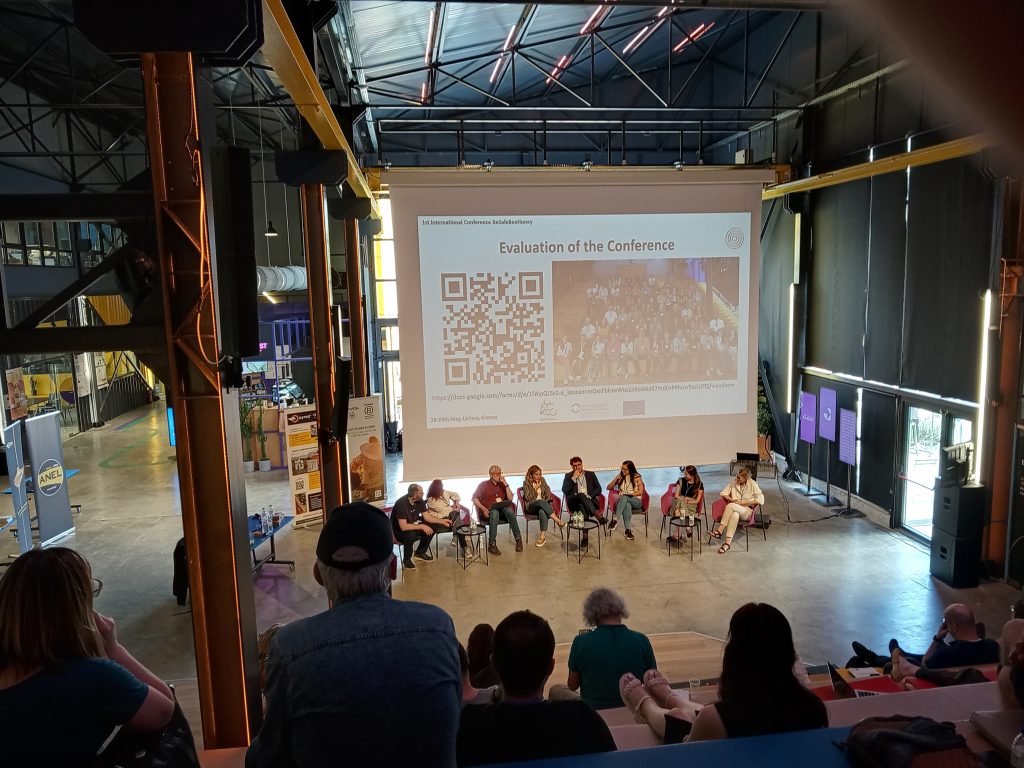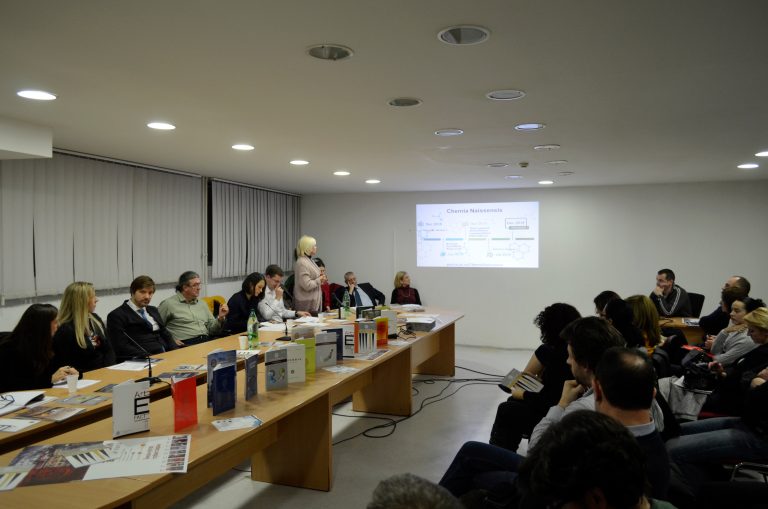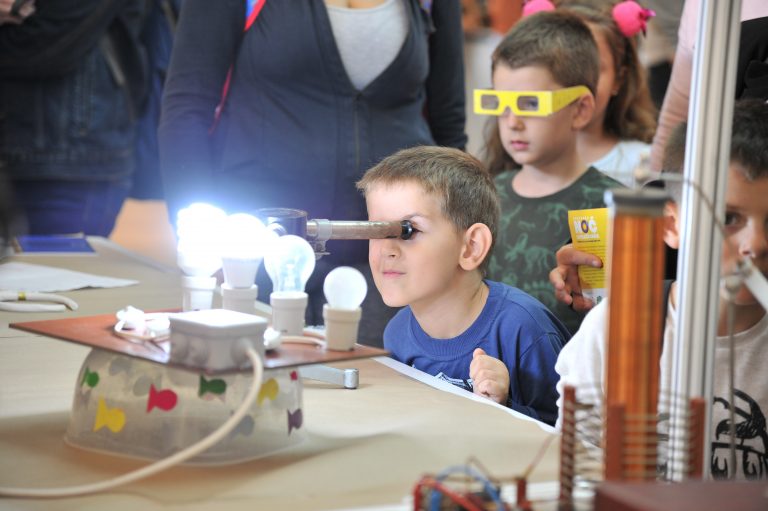From the 28th May 2024 to the 29th May 2024, the 1st International Conference BeSafeBeeHoney under Cost Action 22105 (CA22105): BEekeeping products valorization and biomonitoring for the SAFEty of BEEs and HONEY, took place in Larissa, Greece. This conference was very dynamic and intensive event with numerous inspirational speakers under several topics:
- Evaluation of prevalent diseases and biotic stressors that threat honeybee colonies
- Biomonitoring of abiotic stressors and anthropogenic contaminants in the environment
- Honeybees as pollinators in agriculture
- Nutritional and medicinal properties of honey and honey based-products
- EU policies, safety practices and market analysis of the honey value chain
- The successful bridge between key stakeholders of the honey value chain
Besides, the poster session was present with versatile investigations.

However, due to the enormous importance of bees as pollinators, and many threatens present, mainly due to human activities, there is a need to put measures. Therefore, this conference was an opportunity to draw attention to and suggest measures to ensure good beekeeping and quality of honeybee products. Moderator of Session 5, Mr. Henning Lyngsø Foged, gave final remarks connected to works presented and conversations conducted among the members of CA22105:
- The use of chemical treatment of bees for combatting for instance the Varroa mite though many years have not raised the health of honeybees.
- Honeybee trade, including honeybee queen trade jeopardize the biodiversity of the authentic populations and enable the transfer of pathogens and invasive alien species.
- Pollutants affecting the honey food safety includes pesticide and medicine residues, heavy metals, and organic contaminants, such as PAH’s and PFAS. Continuous monitoring of the level of contamination with these residues shows that there is reason to have a high trust to the food safety of honey; a minority of samples contain traces of pollutants, and very seldom over the defined safety limit. A high share of contaminated honey is due to use of illegal pesticides in crop production in some countries.
- New and more precise methods for analysing honey are invented, among other some that could form basis for classification of honey according to its nutraceutical values.
- Most of the honey that is imported to EU from certain countries does not meet the criteria for being classified as honey according to the Honey Directive, meaning it has been altered.
- The EU Commission is in connection to the so-called Breakfast Directives – including the Honey Directive revision (2001/110/EC) establishing a Platform to provide various inputs to assist in developing way to combat fraud with honey, a Platform which academia will be invited to participate in.
- Combatting fraud and gaining a high trust to honey is inevitably also a question about strengthened control with the producers, since some producers are involved in the alteration and are presenting honey at the market as being authentic although they have themselves altered it.
The following suggestions were made regarding noticed problems:
- More strategic efforts to combat biotic stressors are needed: a) Research on genetic resistance of honeybees to biotic stressors should be strengthened; b) Trade of honeybees, including honeybee queens should be regulated and enforced better to avoid spreading of mites and other biotic stressors.
- Additional efforts should be made to combat the use of illegal pesticides. It is encouraged to work for equal approval of pesticides in all EU countries.
- Revise labeling regulations with respect to the chemical content of active ingredients. Introduce EU-wide classification of honey according to its nutraceutical value.
- The border control with EU import of honey should be strengthened to ensure it meets the criteria for being honey. It shall be ensured that products marketed as honey meets the criteria for being honey.
- BeSafeBeeHoney will exploit the opportunity for sharing research results and evidence as well as policy recommendations, for instance for strengthening of the traceability of honey via the mentioned Platform.
- It should alone be possible to market honey as authentic honey if it is labelled with the producer’s name, and the producer being controlled for compliance between produced and marketed volumes and qualities.
Written by dr Biljana Arsić and prof. dr Danijela Kostić


